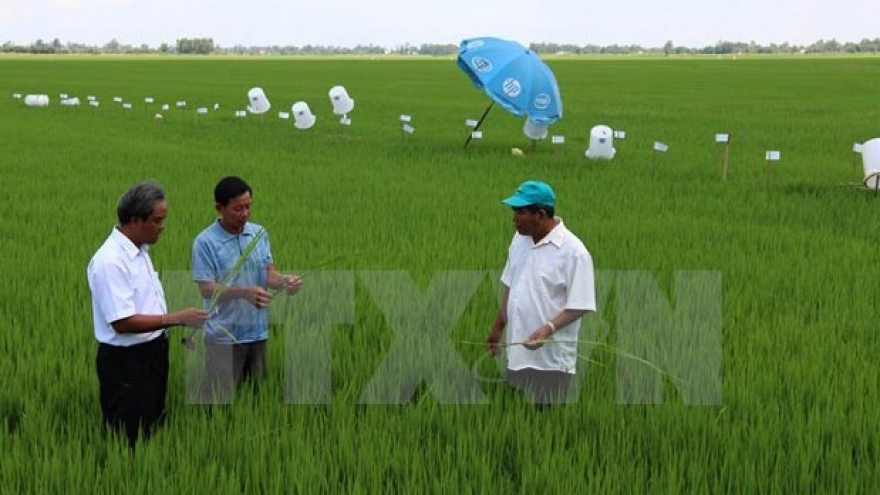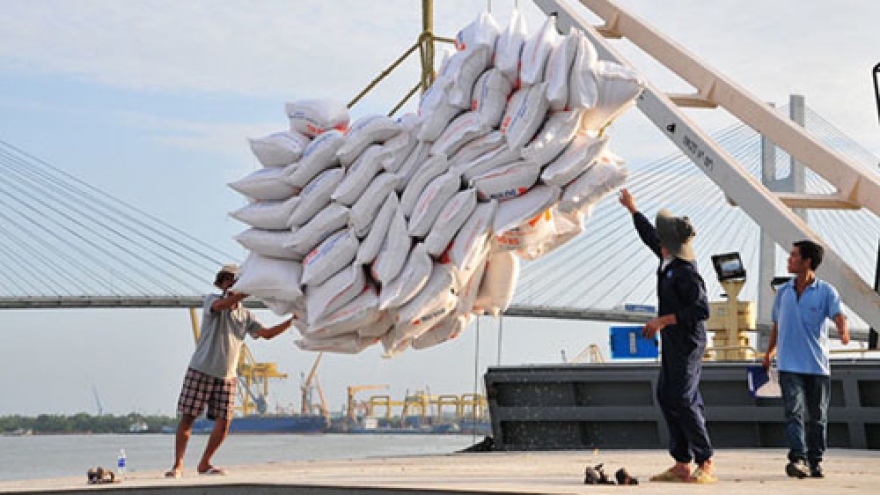El Niño could be double edged sword for rice harvest
VOV.VN - Dry weather caused by El Niño and falling rice inventories are expected to send prices of the grain higher over the coming months, reversing years of decline and boosting the cost of Southeast Asia’s staple food.
El Niño literally means ‘little boy’ in Spanish though there is nothing childish about the drought the climate pattern has brought to large segments of Southeast Asia offset by unusually wet weather in the Americas.
The phenomenon appears every two to seven years when higher ocean surface temperatures off the South American coast trigger unusual weather patterns throughout the world. El Nino has now been forecast by meteorologists to linger into the middle of 2016.
We are in the midst of a strong El Niño, which could have huge negative production impacts in Indonesia and the Philippines – two traditional large import markets – and it will affect Thai production as well, says the Ministry of Planning and Investment (MPI).
 |
Currently India, Thailand and Pakistan are the three largest rice exporting countries in terms of highest US dollar value of exports, in descending order of importance, followed by the US in fourth and Vietnam in fifth.
As one example of the benefit, the MPI cites the National Economic and Development Authority of the Philippines plan to purchase in excess of 100,000 metric tons of Vietnamese rice during the first quarter of 2016 to ensure ample supplies and keep prices stable in the country given the long drought.
In Thailand, dry conditions and high temperatures are expected to hamper growth of the grain this year, which when coupled with the fact that the kingdom’s rice exports for last January 1 to September 20 were down 18% from a year earlier, could potentially increase demand for Vietnamese rice.
In 2016, the MPI said Thai rice output might decline as much as 4-5 million metric tons – the lowest level since 2000.
Indonesia has also placed orders for 800,000 metric tons of rice, expected to be delivered from February to April. Plans are to fill this order from the 2015-2016 winter spring harvest, which ought to create favourable conditions for Vietnamese sellers at the negotiating table.
In other words, this might translate to higher prices, said the MPI.
However, Le Anh Tuan, deputy director of the Climate Change Research Institute of Can Tho University, cautions that farmers in the Mekong Delta are not shielded from the drought and could lose as much as 30 to 40% their rice output this year.
If so, Vietnam may have to fill the orders from inventory stockpiles, Tuan said.
Meanwhile, Vietnam exported nearly 314,706 metric tons of rice during January 2016, an increase of 43% compared with the same one-month period last year, according to the Vietnam Food Association (VFA).
The average export price so far in January stands at about $404.5 per metric ton, down about 10% per metric ton from a year ago and down about 1% per metric ton from a month ago.
In 2015, Vietnam exported around 6.568 million metric tons, up about 4% from about 6.33 million tons of rice exported in 2014.
The VFA forecasts that the rice export volume for 2016, excluding border trade, is expected to remain the same as last year.



